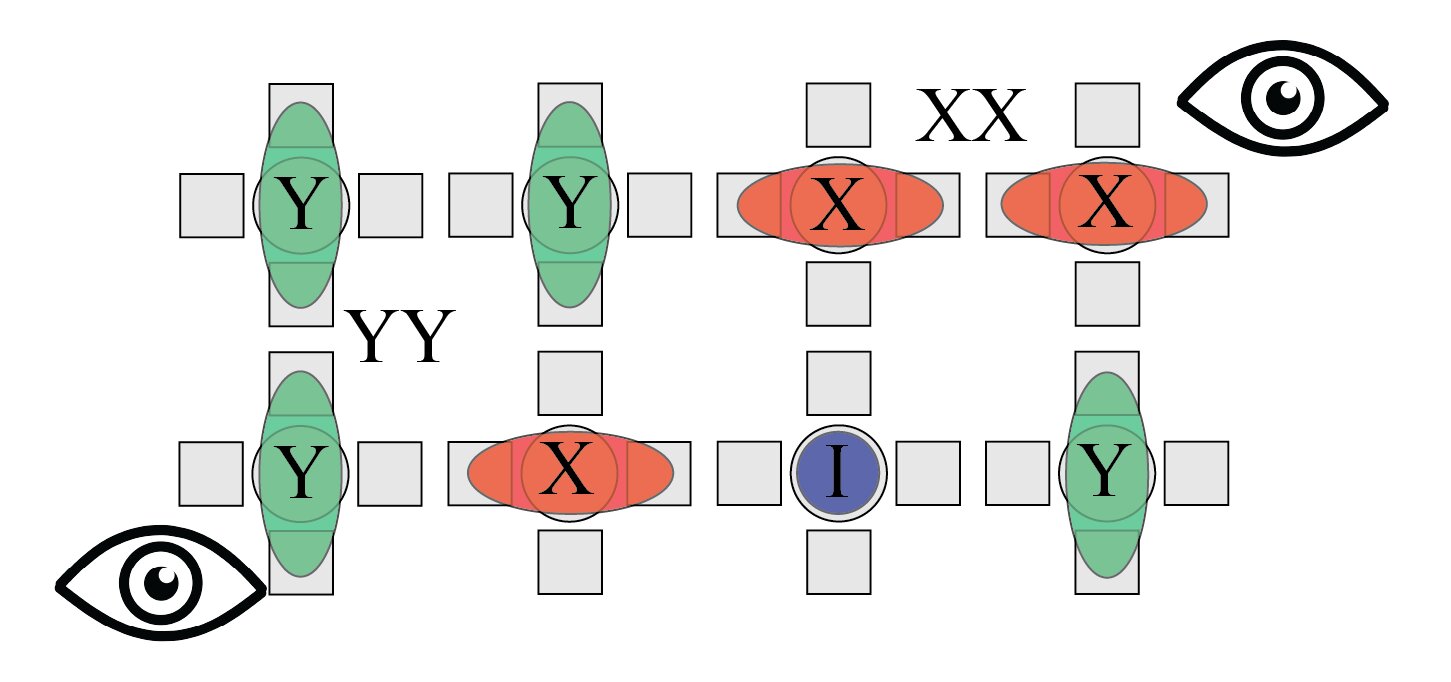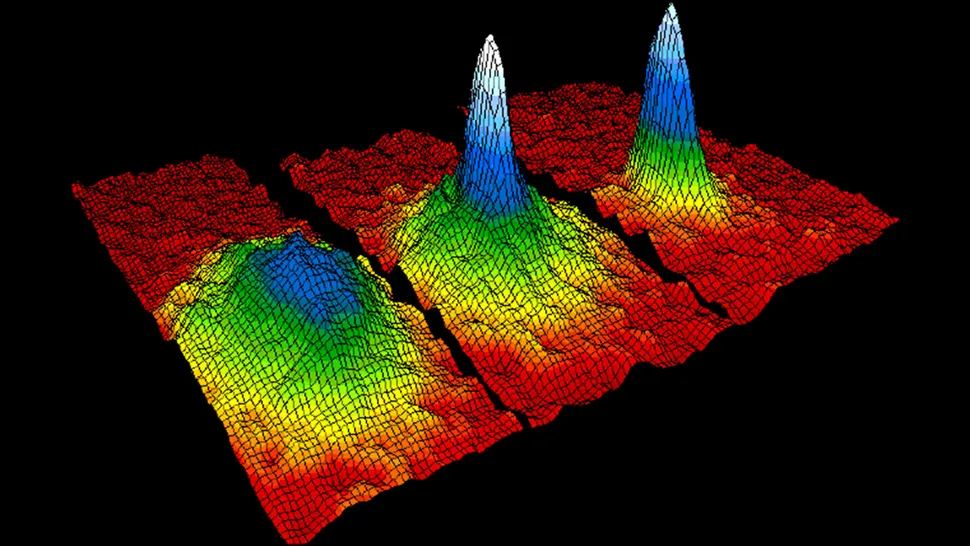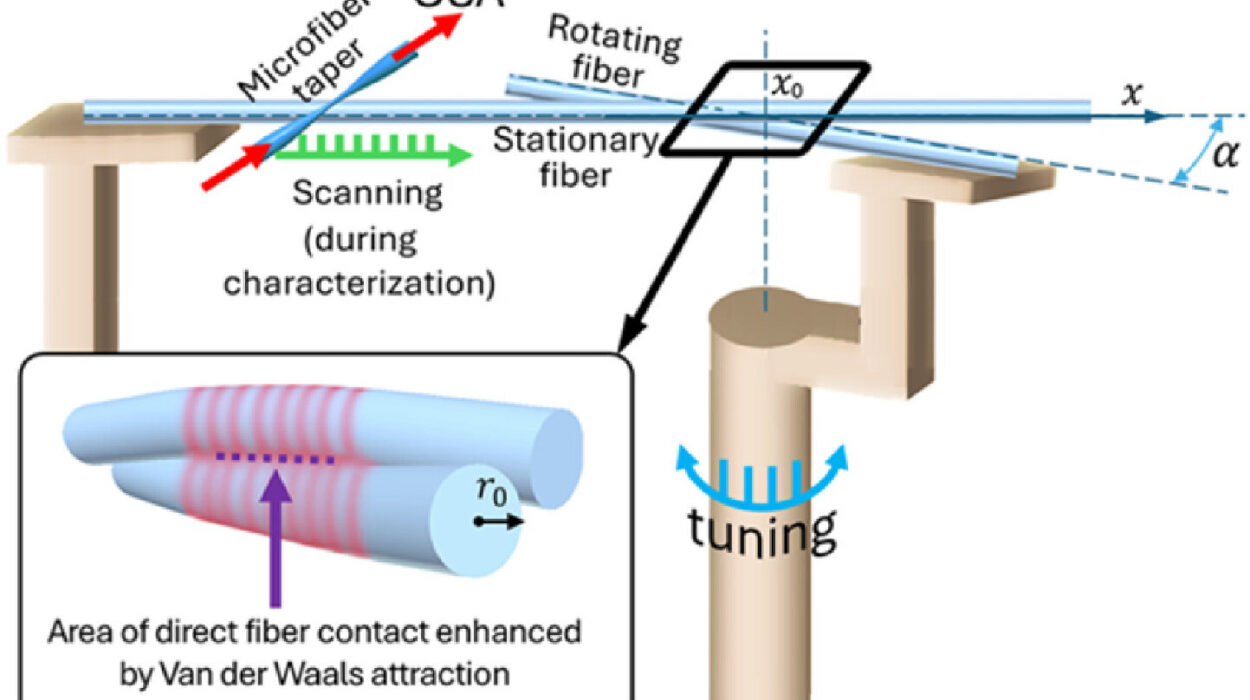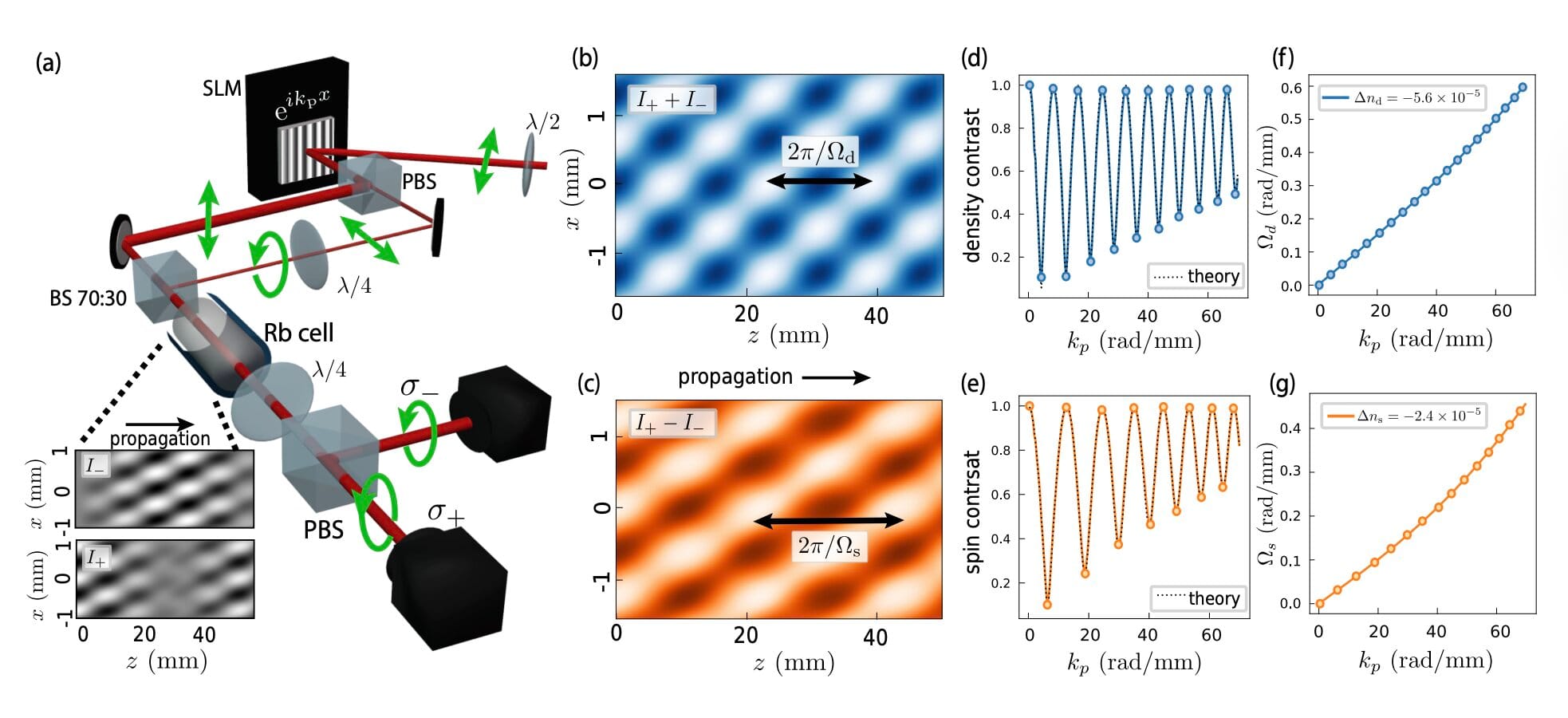Quantum computers are the next frontier in computational power. But what exactly makes them so special? Unlike classical computers, which process information in binary—either a 0 or a 1—quantum computers tap into the mysterious and mind-bending world of quantum mechanics, where bits can exist in more than one state at the same time. These specialized units of information, known as qubits, are at the heart of quantum computing’s promise to tackle complex problems that classical computers could never solve.
But there’s a catch: quantum computers, as they are now, are difficult to scale. A new breakthrough from researchers at QuTech and Delft University of Technology could change that—and the key to their discovery is a simpler way to control qubits, potentially bringing the world of quantum computing closer to reality.
Simplifying the Quantum Conundrum
To understand the breakthrough, imagine trying to steer a high-speed car through a dense fog. In the quantum world, qubits are like those fast-moving cars, their positions and states changing constantly. As the car races ahead, you need a precise, synchronized system to track its every move.
For traditional quantum computers, this synchronization is achieved through high-frequency electrical signals, controlling the qubits with exacting precision. But there’s a problem: these signals can interfere with each other, especially in tiny spin qubits—those based on the quantum spin of particles—leading to something called “crosstalk.” Crosstalk is when signals from one qubit interfere with others, causing errors and overheating the system. These issues create serious roadblocks for scaling up quantum processors to the level necessary for practical use.
So, the researchers in this story set out to solve this problem. Maximilian Rimbach-Russ, the first author of the study, explained their motivation with a bold vision: “The goal of our study was to make quantum computing hardware simpler and more practical from an engineering point of view. Our idea is ‘simple’: if classical transistors revolutionized computing with their ease of use and scalability, could we find a similar level of simplicity for quantum computing?”
Their approach? To design a qubit that is easier to control and, most importantly, free from the complexities of those high-frequency signals.
A New Kind of Qubit
The researchers’ breakthrough comes in the form of a new type of qubit. This new qubit, called GS2, is built around individual “hole spins” confined in semiconductor nanostructures. These are not your typical qubits. Instead of relying on the fast, moving quantum states that require synchronized, high-frequency pulses, GS2 takes a different route. Its two quantum states are engineered to be nearly identical in energy—effectively freezing their motion.
Think of it like a dancer pausing in mid-motion, holding their position effortlessly. By freezing the motion of the qubit, the researchers eliminate the need for continuous, rapid control signals to keep track of the qubit’s “spin.” This makes the qubit much simpler to operate.
“In most spin qubit devices so far, the different spin states of a qubit have an energy difference that makes them continuously ‘rotate,'” said Rimbach-Russ. “This requires fast, synchronized control signals to keep track of that motion, much like trying to catch a moving target. Our design removes this complication. By engineering the qubit’s properties so that its two states are nearly identical in energy, we effectively ‘freeze’ the motion when no operation is performed.”
This means the qubit remains perfectly still until the researchers send it a short electrical pulse to change its state. The result? A huge simplification in the control process. And with it, the potential to scale quantum processors far more efficiently than before.
Making Quantum Computing Practical
The GS2 qubit design could be a game-changer for the development of quantum processors. Rather than relying on complex microwave signals and precise timing systems—both difficult to manage and prone to interference—the GS2 qubit can be controlled with simple, short electrical pulses. This is a monumental step forward because it means qubits can be operated much faster and more simply.
“Simple and short electric pulses are sufficient to universally control a quantum processor made of such qubits,” said Rimbach-Russ. “There is no need for complex microwave signals and clocks that keep track of the time. At the same time, our qubit can be operated much faster than traditional implementations.”
This shift to using basic electrical pulses means that quantum processors could be made using the same semiconductor technologies already found in today’s electronics. The scalability of this approach is one of its most exciting features. In other words, it’s possible that the quantum processors of the future could be built using existing, mass-production techniques, making the development of large-scale quantum systems much more feasible.
But there’s more: the team’s design is not just simpler and faster—it’s also highly efficient. With this approach, quantum computing could become more accessible, with fewer physical and technical barriers standing in the way of progress.
Challenges and the Road Ahead
Of course, nothing about quantum computing is easy. Even with their breakthrough, Rimbach-Russ and his colleagues are quick to point out that there are still significant challenges to overcome. For one, semiconductor materials are inherently variable—small differences in the material can lead to large differences in the performance of individual qubits. This variability is something the team must constantly work to improve, both in terms of the material quality and the design of the quantum chips themselves.
“While on paper this sounds simple, there are many problems still to overcome,” said Rimbach-Russ. “The most challenging is to overcome the underlying device variability omnipresent in semiconductor materials. My team and I are constantly developing and improving designs and operations techniques, while our colleagues improve the actual material and device quality.”
Even with these hurdles, the excitement around their work is palpable. They are on the verge of realizing these qubits in experimental setups, bringing them one step closer to being a core part of a working quantum processor.
Why This Breakthrough Matters
So why does this matter? The potential impact of this research on the future of quantum computing is immense. With their new qubit design, Rimbach-Russ and his team are addressing one of the core challenges of scaling quantum computers: the difficulty of reliably controlling large numbers of qubits. If this design can be successfully scaled up, it could pave the way for powerful, fault-tolerant quantum computers that could solve problems in fields like cryptography, drug discovery, and climate modeling—problems that are currently beyond the reach of classical computers.
By simplifying the hardware needed to control quantum qubits, this research brings us closer to realizing the full potential of quantum computing. And that could change everything, not just for scientists and engineers, but for all of us. From revolutionizing industries to advancing our understanding of the universe itself, the promise of quantum computing is just beginning to be realized. The GS2 qubit is a step forward, and the journey is only just beginning.
More information: Maximilian Rimbach-Russ et al, Gapless Single-Spin Qubit, Gapless Single-Spin Qubit, Physical Review Letters (2025). DOI: 10.1103/mvtj-zhrl. journals.aps.org/prl/abstract/10.1103/mvtj-zhrl






